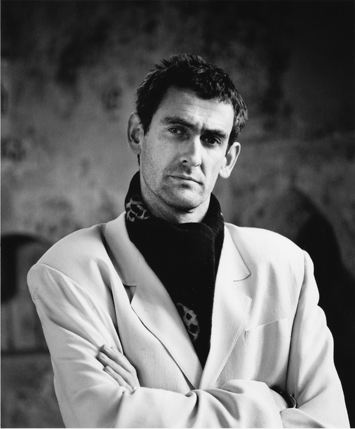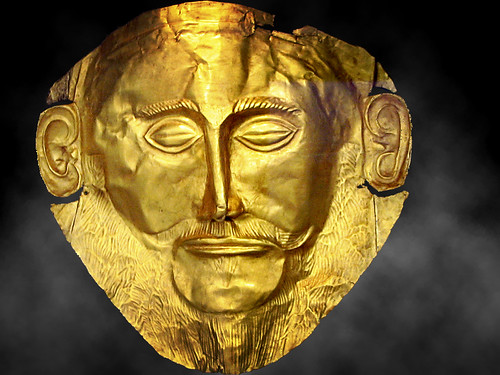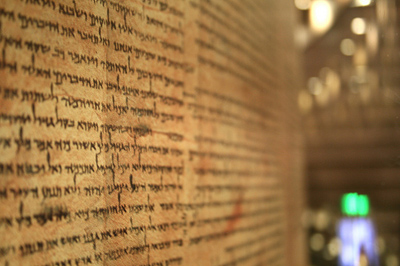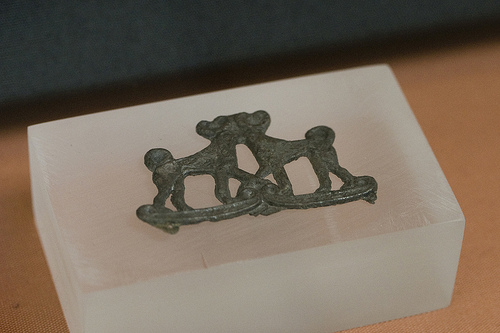A date has now been set for the return of some of the Vindolanda Tablets to the museum at Vindolanda in Northumberland, following an announcement this week that the UK’s Heritage Lottery Fund is to donate £4 million towards the costs. The date now set for some of the tablets to be housed at the Vindolanda museum is spring 2011 – they will come on loan from the British Museum for a period of five years, after which the loan can be renewed. The tablets – a collection of 1,600 documents etched on thin wooden boards – represent the earliest…
-
-
Jon Cannon Expert and writer on British heritage Jon Cannon writes about old places in general and teaches medieval architectural history in particular. He teaches at the University of Bristol and frequently gives talks and leads tours on the subject. He has also published several articles on Avebury, and contributes a regular profile of a historic area – from ancient prehistory to 20th century heritage – to British Archaeology magazine. He has worked in the heritage industry for nearly 15 years, including working for the Royal Commission on the Historical Monuments of England, and English Heritage. He went freelance in…
-
A clay tablet dating from the start of the second millennium BC is actually a list of literary texts from a Sumerian library. It originates from Nippur (in ancient Mesopotamia, modern-day lower Iraq), which was one of the most important Sumerian cities. It is on display at the Department of Oriental Antiquities at the Louvre. Origin & Collection On display at: The Louvre Reference Number: AO 5393 Physical properties Materials: Clay
-
Curator specializing in King Tut Dr. David P. Silverman serves as the curator, advisor and academic content creator for the exhibition Tutankhamun and the Golden Age of the Pharaohs. This exhibit truly completes a full circle for him; in 1977, he was in charge of curatorial content for the exhibition Treasures of Tutankhamun at Chicago’s Field Museum. He also co-authored the text panels and labels that traveled around the United States with the exhibition, which attracted an unprecedented 1.8 million visitors in its run at the Metropolitan Museum of Art in 1979 and inspired the phenomenon known as ‘Tutmania’. A…
-
Key Dates 1500 BC The Mask of Agamemnon is an artifact discovered at Mycenae. The mask is one of ten discovered in the shaft graves at Mycenae, three in Grave V and two in Grave V. It is now housed in the National Archaeological Museum in Athens. Key People The mask was discovered in 1876 by Heinrich Schliemann a German archaeologist, an advocate of the historical reality of places mentioned in the works of Homer, and an important excavator of Troy and of the Mycenaean sites Mycenae and Tiryns. Schliemann believed that he had discovered the body of the legendary…
-
Key Dates 1324 BC The figures date from around the time of the death of Tutankhamun, in 1324 BC. They were discovered, along with the rest of the treasures of Tut’s tomb, in 1922. Key People The figure depicted is 18th Dynasty Egyptian pharaoh Tutankhamun himself. They were found by Howard Carter, who located King Tut’s tomb. Key People: Tutankhamun Howard Carter These small statuettes of the famous boy king Tutankhamun astride a panther came in a pair and were located along with 32 other ritual figures inside a black resined wooden box in the treasury section of Tut’s tomb,…
-
In 2009, we saw the Terracotta Warriors tour America, racking up record attendance figures, while King Tut exhibitions criss-crossed the globe and the Staffordshire Hoard went on show in London just months after being unearthed in a West Midlands field by an avid metal detectorist. 2010 looks set to be equally as big a year for heritage exhibitions around the world. The iconic and controversial Lewis Chessmen will be reunited in Scotland for the first time in over 150 years in Edinburgh this May. The massive Shanghai World Expo will open around the same time, with a number exhibits themed…
-
With Bettany Hughes’ documentary ‘Atlantis: The Evidence’ set to première on BBC Two, what better way to prepare than to explore the Aegean Bronze Age treasures of the British Museum? If the Minoan civilisation was indeed home to the Atlantis legend, what better way to get to know the Atlanteans than through what they left behind? And, lets face it, visiting London’s most famous museum is far easier than getting a permit to dig beneath the sphinx. 😉 Though not that many items excavated by Arthur Evans can be found at the British Museum – I probably should have visited the…
-
The Petrie Museum is celebrating International Women’s Day by honouring Amelia Edward’s contributions to Egyptian archaeology and the Petrie Museum with the new installation of her bust against an image of her study, followed by a one-woman show written and performed by the actress Kim Hicks. Kim Hicks has enjoyed a wide-ranging career, on radio, TV, film and stage. She was inspired to bring Amelia Edwards back to life in celebration of her 175th birthday. This event is organised by the Friends of the Petrie Museum to celebrate the life of Amelia Edwards and support the world-class museum of Egyptian…
-
On March 8th, International Woman’s Day is celebrating its centenary, and the Petrie Museum is joining in by honouring Victorian writer Amelia Edwards, for without her, there may have never have been a ‘Petrie Museum’. Amelia Edwards was a novelist and travel writer, as well as an Egyptologist. After visiting for the first time in Egypt 1873, she wrote a vivid account of her adventure in A Thousand Miles up the Nile. She was the driving force behind the establishment of the Egypt Exploration Fund (now the EES) in 1882 to promote the scientific exploration of Egypt and its monuments.…







